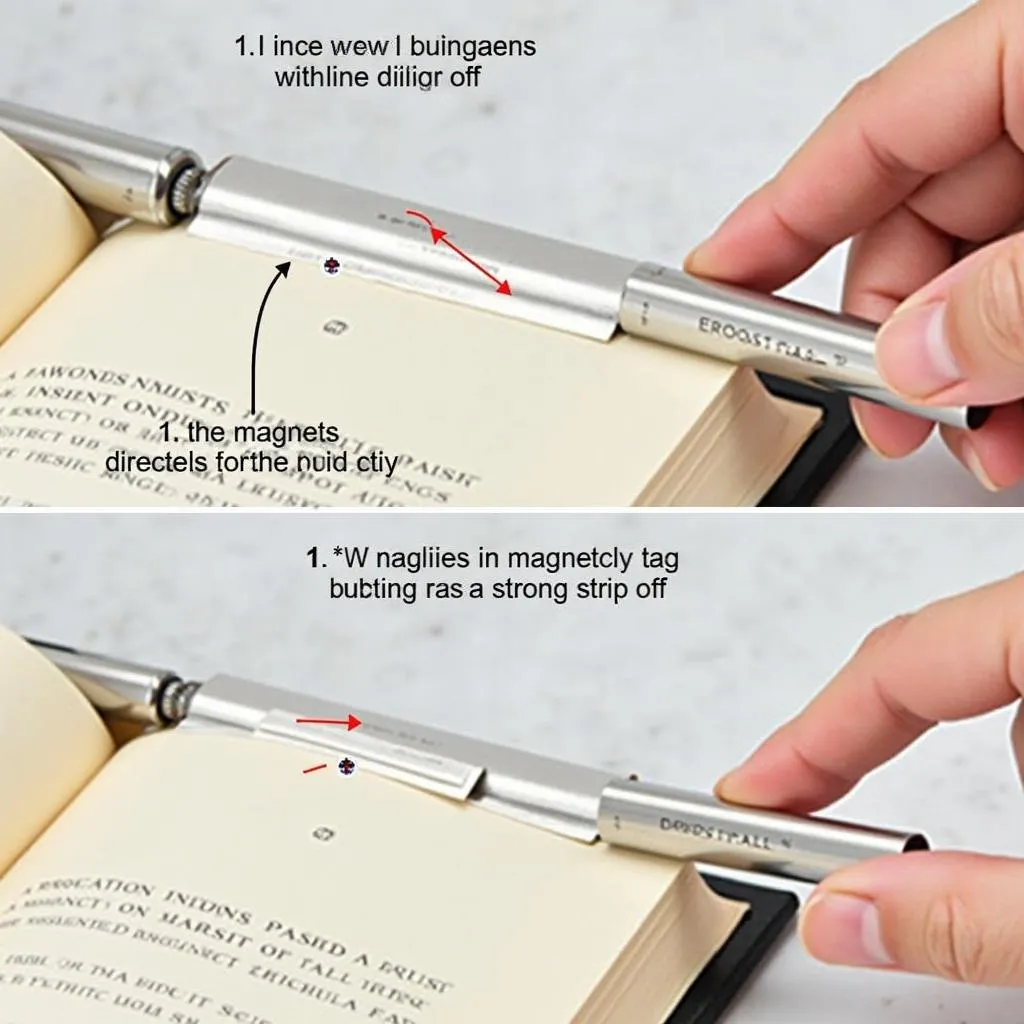The dreaded seat leon exhaust warning light can be a source of anxiety for any driver. Understanding what triggers this light and how to address the underlying issue is crucial for maintaining your vehicle’s health and performance. This guide will delve into the various reasons why your Seat Leon’s exhaust warning light might be illuminated, offering practical solutions and diagnostic advice.
The exhaust warning light in your Seat Leon is part of the car’s onboard diagnostic system (OBD). It signals a potential problem within the exhaust system, which can range from minor sensor malfunctions to more significant issues like a failing catalytic converter. Ignoring this warning could lead to further damage and costly repairs down the line.
After just seeing the warning light, it is always best to take your vehicle to a certified mechanic for a proper diagnosis. They will be able to use diagnostic tools to pinpoint the exact problem.
If you own a Seat Leon FR and are experiencing similar issues, you may find this information helpful: seat leon fr exhaust warning light.
Common Causes of the Seat Leon Exhaust Warning Light
Several factors can trigger the exhaust warning light in a Seat Leon. Let’s explore some of the most common culprits:
- Oxygen Sensor Issues: The oxygen sensor, also known as the lambda sensor, monitors the exhaust gases to ensure the correct air-fuel mixture. A faulty sensor can trigger the warning light.
- Catalytic Converter Problems: The catalytic converter converts harmful pollutants into less harmful substances. A malfunctioning catalytic converter can significantly impact your car’s emissions and trigger the warning light.
- Loose or Damaged Exhaust Components: A loose exhaust pipe, a damaged muffler, or a cracked exhaust manifold can cause leaks and trigger the warning light.
- DPF Regeneration Issues (Diesel Engines): Diesel Particulate Filters (DPFs) trap soot from the exhaust. If the DPF regeneration process fails, the warning light can illuminate. For FR models experiencing DPF issues, refer to seat leon fr dpf warning light.
- Fuel System Problems: Issues with the fuel injectors, fuel pump, or fuel pressure regulator can affect the air-fuel mixture and trigger the exhaust warning light.
- EVAP System Leaks: The Evaporative Emission Control (EVAP) system prevents fuel vapors from escaping into the atmosphere. Leaks in this system can trigger the warning light.
Diagnosing the Exhaust Warning Light in Your Seat Leon
Diagnosing the specific cause of the exhaust warning light requires specialized diagnostic tools. However, some preliminary checks can be performed:
- Visual Inspection: Check for any visible signs of damage to the exhaust system, such as cracks, rust, or loose connections.
- Check Engine Light: If the check engine light is also illuminated, it could indicate a more serious problem. More information on engine warning lights can be found here: seat leon engine warning lights.
- Unusual Sounds: Listen for any unusual noises coming from the exhaust, such as hissing, rattling, or roaring.
Troubleshooting the Exhaust Warning Light
While professional diagnosis is recommended, some troubleshooting steps can be taken:
What to do if the light is flashing?
A flashing exhaust warning light usually indicates a more severe issue requiring immediate attention. It’s best to stop driving and have your car towed to a mechanic.
Can I drive with the exhaust warning light on?
While you might be able to drive for a short distance, it’s not recommended. Continued driving could exacerbate the problem and lead to costly repairs.
How to reset the exhaust warning light?
The light will typically reset itself once the underlying problem is fixed. However, using an OBD-II scanner can clear the code and reset the light.
“Ignoring the exhaust warning light is like ignoring a fever. It’s a sign that something is wrong and needs attention,” says John Miller, ASE Certified Master Technician.
For issues with the engine warning light specifically for the MK2 model, check out seat leon mk2 engine warning light.
Preventing Future Exhaust Warning Light Issues
Regular maintenance can help prevent future exhaust warning light issues:
- Regular Servicing: Adhere to the manufacturer’s recommended service intervals for exhaust system checks.
- Quality Fuel: Using quality fuel can help prevent the buildup of deposits that can clog the catalytic converter.
- Avoid Short Trips: Short trips prevent the DPF from reaching its optimal operating temperature, leading to potential issues. If you frequently drive short distances, consider taking a longer drive occasionally to allow for DPF regeneration.
“Preventative maintenance is key to avoiding costly repairs down the line. Regular checks can identify small problems before they become major headaches,” adds Jane Doe, Senior Automotive Engineer.
Conclusion
The seat leon exhaust warning light serves as a vital indicator of potential problems within your vehicle’s exhaust system. Understanding its causes and addressing them promptly is crucial for maintaining your car’s performance, longevity, and environmental impact. While some preliminary checks can be performed, seeking professional diagnosis and repair is always the best course of action. Don’t hesitate to consult a qualified mechanic for a comprehensive assessment and effective solution to keep your Seat Leon running smoothly. If you have a Cupra model and are experiencing engine warning light issues, you might find this helpful: seat leon cupra engine warning light.

